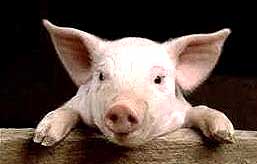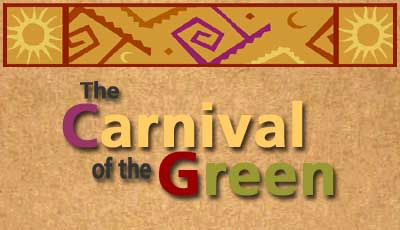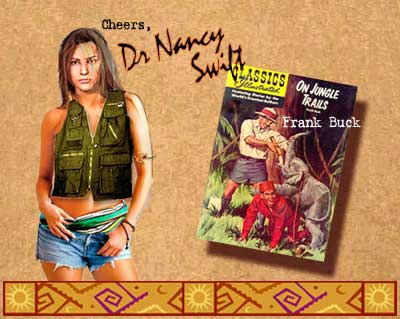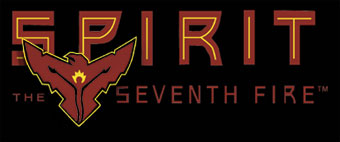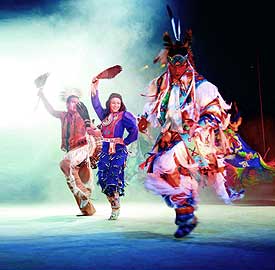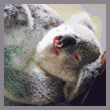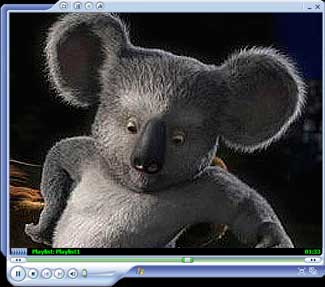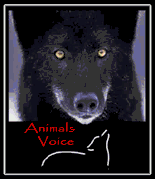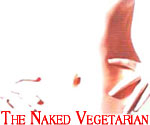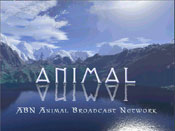Pets in women's shelters PAWS
Visit msnbc.com for Breaking News, World News, and News about the Economy
The American Humane Association's new PAWS™ program links the dual problems of violence against women and children with animal abuse and violence. PAWS is the first national initiative to promote on-site housing of pets at women’s shelters and to acknowledge the human-animal bond, which can be crucial to recovery after a crisis.
The Pets and Women’s Shelters Program (PAWS)™ was created in 2008 by Allie Phillips, director of public policy for American Humane, who frequently witnessed the pain victims go through when they are forced to stay in abusive situations because they fear for their pets’ safety.
Phillips explained, “In the mid-1990s as an assistant prosecutor, my misdemeanor criminal trial docket included many domestic violence cases. Most of those cases never proceeded to trial or resulted in guilty pleas because the victims often failed to appear in court due to fear of retaliation by their batterers. One frequent concern I heard was ‘If I testify or if I do not go back to him, he will kill my pet.’ In nationally training on the Link tor the past four years, and realizing the concerns that family violence shelters might have in housing pets on-site, I decided to do something about it. This has been my passion for years and I’m proud that American Humane supported my vision.”
Between 71 and 85 percent of women entering domestic violence shelters reported that a partner had threatened, injured or killed the family pet, according to a study done in 1997. And more often than not, because of few options for safely housing pets from abusive homes, victims feel they have little choice but to stay and subject themselves, their children and their pets to further violence.
To help quickly spread the program throughout the nation, American Humane has published a Pets and Women’s Shelters (PAWS) Program manual to help shelters assess their needs and provide step-by-step instructions for implementing the program. The ultimate goal of PAWS is to enable more domestic violence victims to leave abusive households without leaving their pets behind and at risk.
In another study done in 2007 in 12 Link-based research studies, results indicated that between 18 and 48 percent of women reported concerns regarding their pets’ safety, and had either delayed leaving abusive homes or remained in abusive homes out of fear of leaving their pets behind.
The PAWS Program acknowledges the unfortunate link between human violence and animal cruelty. But it also recognizes the healing bond pets can provide to people who have endured trauma. American Humane encourages all domestic and family violence shelters across the country to take the necessary steps toward implementing the PAWS Program at their facilities.
Labels: Human-animal bond



